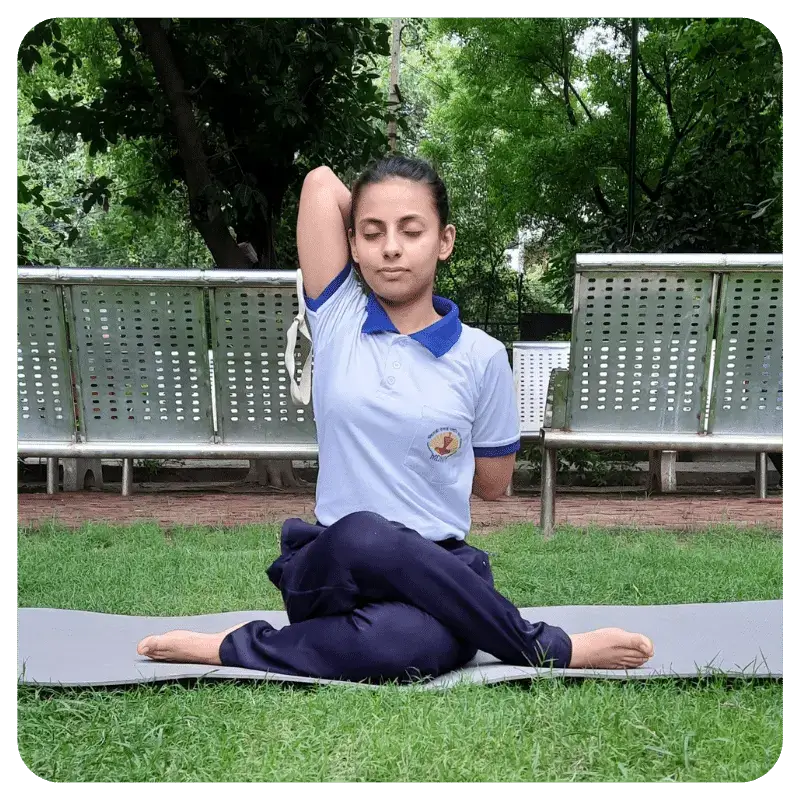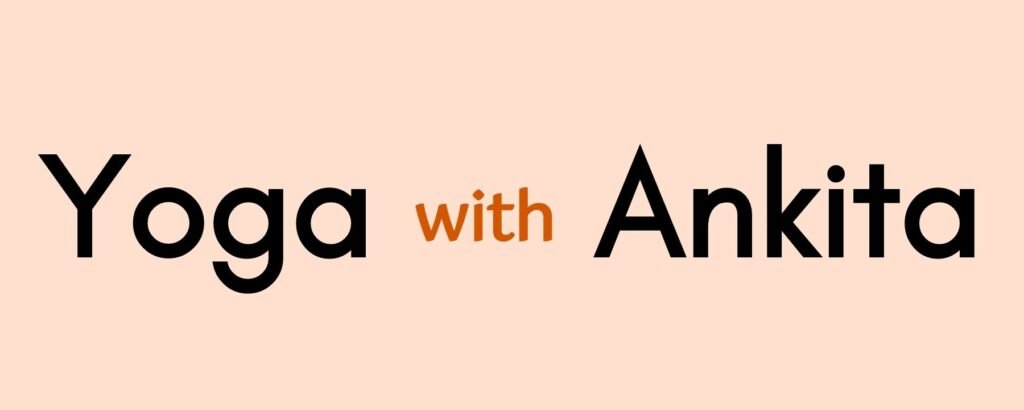Table of contents
Introduction
In the modern, high-speed world, stress has become an unavoidable aspect of our daily existence.
The demands of work, relationships, and daily responsibilities often leave us feeling overwhelmed and drained. Fortunately, there is a powerful tool that can help you find serenity amidst the chaos – yoga.
This ancient practice not only strengthens your body but also nurtures your mind, offering a pathway to profound stress relief.
How Yoga Helps?
Yoga is more than just physical exercise; it’s a holistic approach that unites the mind, body, and spirit.
Through a series of postures, breathing techniques, and meditation, yoga facilitates a deep connection between your physical and mental states.
This synergy is essential for managing stress, as it allows you to release tension physically and mentally, promoting a sense of calmness and tranquility.
Embracing Mindfulness
Incorporating mindfulness into your yoga practice can significantly enhance its stress-relieving benefits.
Mindfulness entails existing completely within the present moment, observing your thoughts and emotions without passing judgment.
Through guided meditation and focused breathing, yoga helps you cultivate mindfulness, enabling you to let go of worries and immerse yourself in the present.
This shift in perspective can alleviate stress and promote emotional well-being.
The Role of Breathwork
Breathing is a powerful tool for managing stress, and yoga places a strong emphasis on breath awareness.
Pranayama, the practice of controlled breathing, is an integral part of yoga that helps regulate the nervous system.
By engaging in specific breathing exercises, you can activate the body’s relaxation response, reducing stress hormones and promoting a state of relaxation.
Unlocking Tension Through Asanas
Yoga postures, known as asanas, target specific areas of the body where tension often accumulates. Incorporating poses that focus on stretching and releasing tension from the neck, shoulders, and lower back can provide immense relief.
The gentle, deliberate movements of yoga asanas help alleviate physical tension and encourage the release of emotional stress stored in the body.
Yoga For Relieving Stress
Breathing Techniques
1. Nadishuddhi Pranayama
Steps:
• Sit with legs crossed or in Padmasana.
• Keep your neck and back straight.
• Make Chin Mudra in your left hand and let it rest on your left knee.
• Make Nasika Mudra ( closing index and middle finger) with your right hand.
• Close the right nostril and inhale from your left nostril. Now close the left nostril and exhale from your right nostril. Again inhale from your right nostril. Close the right nostril and exhale from your left nostril. This completes one round.
• Repeat the same sequence for 5-10 min.
2. Ujjayi Pranayama
Steps:
• Sit with legs crossed or in Padmasana.
• Keep your neck and back straight.
• Make Chin Mudra in both hands and let the hands rest on the respective knee.
• Close your eyes and gently contract the glottis with inhalation so that a soft snoring sound like the breathing of a sleeping baby is produced in the throat.
• The noise of the breath should remain low.
• Exhale gently (without sound) from both nostrils.
• Repeat for another 5- 10 min.
Benefits:
• It soothes the nervous system and calms down the mind.
• Helps in relieving insomnia. It can be practiced in Shavasana before sleep.
Precautions:
• People who are too introverted by nature should not perform this practice
3. Bhramari Pranayama
Steps:
• Sit with legs crossed or in Padmasana.
• Keep your neck and back straight.
• Extend your arms out to the sides and gently flex your elbows, bringing your hands up towards your ears. You can use your index or middle finger to gently cover your ears. It’s not necessary to insert the fingers; just press against the sides of the ears.
• Inhale deeply through your nostrils. As you exhale slowly, create a steady and resonant humming sound similar to the gentle hum of a black bee.
• The humming sound should be smooth, even, and continuous.
• Perform 5-10 rounds.
Note: It can also be practiced with Shanmukhi Mudra.
Benefits:
• It reduces stress.
• It aids in reducing feelings of anger, anxiety, and insomnia.
Precautions:
• People suffering from severe ear infections should not practice this pranayama until the infection has cleared up.
4. Sheetali Pranayama
Steps:
• Gently extend your tongue beyond the mouth’s edges, avoiding any strain.
• Curl the edges of the tongue upwards, shaping it into a tube.
• Inhale, pulling the breath in through this formed tube.
• At the end of inhalation, draw the tongue in, close the mouth, and exhale through the nose.
Benefits:
• It reduces stress.
• It lowers blood pressure.
Precautions:
• Individuals dealing with low blood pressure or respiratory conditions like asthma, bronchitis, and excessive mucus should refrain from practicing this pranayama.
• People suffering from chronic constipation should also avoid it.
5. Abdominal Breathing (Diaphragmatic Breathing)
Steps:
• Lie down in Shavasana. Keep your body loose and relaxed.
• Keep your right hand on your navel.
• While inhaling expand your abdomen upwards and with exhale contract it down.
• Avoid excessive force while performing the movement.
• Repeat for 10 min.
Benefits:
• Calms down the mind.
• Reduces anxiety, and helps relieve stress.
Yoga Poses for Stress Relief
1. Marjariasana – Bitilasana (Cat and cow Pose)
Steps:
• Come in a table-like position. Hands should be placed under shoulders and knees should be under hips.
• As you inhale, raise your head up and push your navel down and tailbone up.
• Now exhale, arching your back and bringing your head down. Drop your chin to the chest.
• Repeat 5-10 rounds.
Precautions:
• Consult a yoga instructor or doctor if you have any neck or back issues.
2. Balasana (Child’s Pose)
Steps:
• Sit in Vajrasana.
• Open your knees to the width of your yoga mat.
• Keep your hands between the thighs on the mat. Now slide the hands and bend forward.
• Try to touch your head on the mat.
• Your hips should be kept in touch with your heels.
• Rest here for a few seconds.
Precautions:
• Avoid if there is any knee injury or severe knee pain.
3. Setubandhasana (Bridge Pose)
Steps:
• Recline on your back close to a wall.
• Bend your knees and keep your heels as close to your buttocks as you can.
• Try holding your ankles with your hands.
• Slowly inhale and lift your hips upwards.
• Sustain the posture for a brief period, all the while maintaining normal breathing.
• As you exhale gradually, lower your hips.
Precautions:
• Avoid in case of cervical spondylosis or any neck and back injury.
4. Vipreetkarni Asana (Inverted Lake Pose)
Steps:
• Recline on your back close to a wall.
• Lift your legs up to 90 degrees and support them with the wall. Your hips and heels should touch the wall.
• Now lift your hips up. Support your back with your hands.
• Slowly leave the support of the wall. Straighten up the knees.
• When in the end position, the body’s weight is borne by the shoulders, neck, and elbows. The torso forms a 45-degree angle with the floor, and the legs are positioned vertically.
• To return to the starting position, slowly bring your feet back to the wall.
• Gently bring your back down to the wall without lifting your head.
Precautions:
• Avoid in case of high blood pressure, cervical spondylosis, or any heart disease.
Conclusion
In a world filled with constant pressures and demands, the practice of yoga emerges as a beacon of hope and serenity. By embracing the mind-body connection, mindfulness, breathwork, asanas, and self-care, you unlock the door to stress relief and inner tranquility. Let yoga be your sanctuary, a place where you can retreat to find balance, calmness, and a renewed sense of vitality. Start your journey today and experience the transformative power of yoga in alleviating stress and nurturing your overall well-being.

About The Author
Ankita Sapra is a government-certified Yoga Instructor with diploma in Yoga Science and has also completed her Instructor course from SVYASA, Bangalore and has cleared YCB Level 3 (Teacher and Evaluator) exam.
More About Ankita
